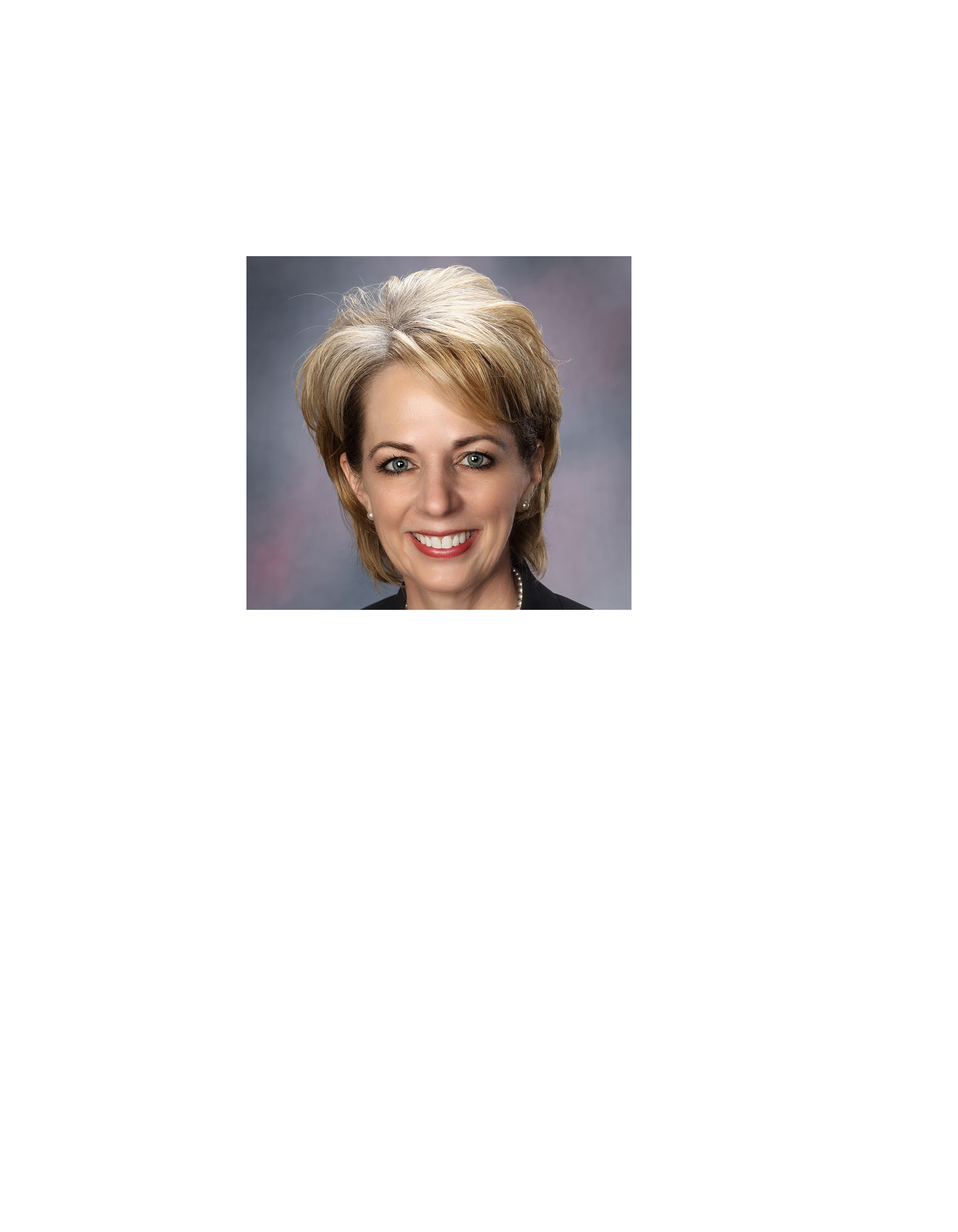In early May, Fort Hays State University held a news conference to help announce and celebrate a deferred gift to speech-language pathology programs from retired FHSU professor and department chair Dr. Marcia Bannister. What an amazing impact story.
Here is an excerpt:
The initiator of the speech-language pathology program and its rich heritage was Geneva Herndon, a farm girl from western Kansas who came to Fort Hays State for her undergraduate degree in the 1920s. After teaching in western Kansas and obtaining a master’s at the University of Colorado, she came to a faculty position here in the 1940s hoping to teach theatre and direct productions. Later, while on leave to earn a Ph.D. in theatre at Northwestern University, she discovered the emerging profession of “speech therapy.” To our good fortune, she combined study in that area with her theatre studies.
Coming back to Hays with the coveted degree in 1948, she discovered that the Institute of Logopedics, a residential therapy program in Wichita, had just worked out an agreement with the college to offer services to the Hays community using a small portion of the basement of Picken Hall. Aha! To Dr. Herndon, that meant that if Fort Hays State could develop a degree in speech therapy, there would be a place for a practicum.
Three years later, in 1951, Fort Hays State approved Herndon’s proposal to develop a curriculum in speech therapy. Her first two graduates – in 1955 – devoted their entire careers to clients and students.
Speech-language pathology programs in the ‘50s, as now, had to have both academic and clinical faculty. Our first clinical instructor was Velma Wooster, who had become the wife of President Lyman Wooster. That marriage occurred sometime after he took his developmentally delayed grandson from Russell over to Picken Hall to be evaluated for speech therapy services.
Herndon and Wooster were great models of professionalism. Geneva was my professor and mentor; Wooster my clinical instructor. Immediately after earning a bachelor’s degree in May 1961, I enrolled in the master’s program in speech therapy. Discovering that discipline was life changing for me!
After receiving my master’s degree in 1962, I spent five years in western Kansas schools helping students correct speech sounds, develop their language skills and become less fearful of their stuttering. Those were great years working with students and their caring parents.
In 1969, when Herndon retired, I had a Ph.D. well underway and was offered an opportunity to join the FHSU faculty. Over the next 35 years there were moments of blood, sweat, and tears, but we were ever striving forward.
From having essentially no program space initially, Malloy Hall was built in the mid-‘60s allocating four tiny rooms to the program. Our first expansion was accomplished in about 1974 by subdividing a classroom into small rooms. What an improvement but, continuing to grow, we were soon quite crowded again!
In 1981 radio, TV, and film departed Malloy Hall – and we got the space! Even though none of those rooms had windows, and using the piano elevator to get immobile clients to second floor was a challenge, we made it work! Then in 2000, faculty and students excitedly made many trips across the street carrying books and clinical materials to our new digs in the newly reconstructed first floor of Albertson Hall.
But no matter how limited our space and resources had been, we persisted with program improvement, benefiting from talented, motivated and caring students. In 1986, two significant events occurred: First, we became nationally accredited and, secondly, the Board of Regents approved a request to name our clinical service component the Geneva Herndon Speech-Language-Hearing Clinic.
It was 1994 when we became a free-standing academic department. Financial resources were limited, but we benefited from an endowment gift made many years before. The program stands today as the Department of Communication Sciences and Disorders in the College of Health and Behavioral Sciences. Program space and status have grown!
I think you can see that my career as a speech-language pathologist has touched my heart and soul – and now my pocketbook! I want to help the program educate students in an exceptional manner. Very recently, this graduate program was recognized by SpeechPathologyGraduatePrograms.org as offering exceptional quality and value.
I am proud of the work being done by faculty to maintain that status. I know our students must be the most personable and remarkable on campus! I am thankful for our partnerships with the Kansas Masonic Foundation and the Scottish Rite Masons in making clinical services available to more adults and children.
The speech-language pathology program will continue to touch many lives in the future! It will prepare students for careers in assisting clients – young and old. It will benefit from additional financial resources. Thus my gift! With the continued support of the FHSU administration, our quality will shine out!
From my perspective, Dr. Bannister epitomizes all that Fort Hays State stands for – from discovering her passion and vision as a student, then practicing her skills and serving communities as an alumna, to returning to Fort Hays State as a professor who mentored and inspired the next generation of speech-language pathologists while building a highly respected program and, finally, making a significant deferred gift to sustain the department beyond her years. Amazing!
Her passion for speech pathology, her drive to “pay it forward” and her deep gratitude make up one of the many stories that weave together an incredible tapestry of the people and community of Fort Hays State University.
Tisa Mason is president of Fort Hays State University.

